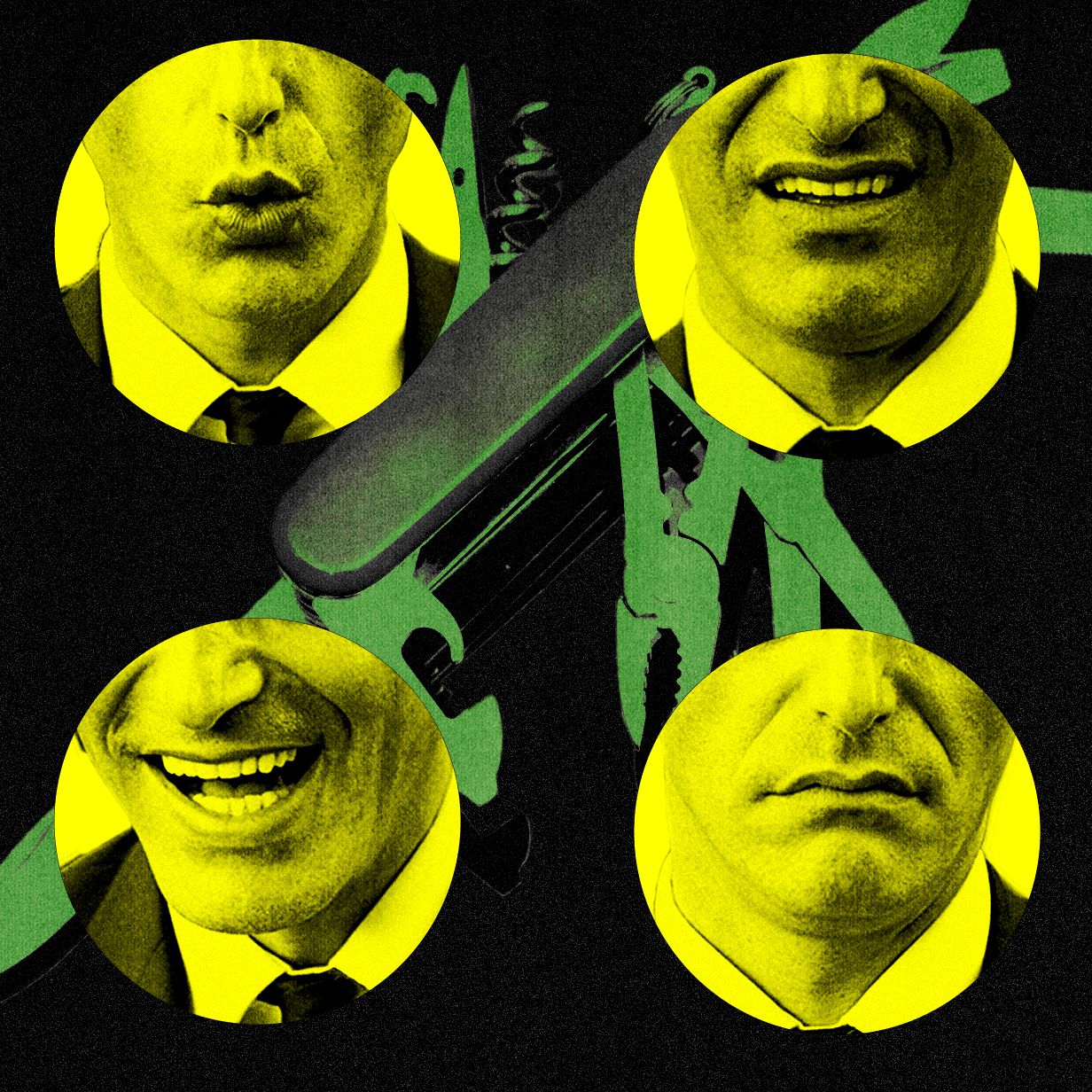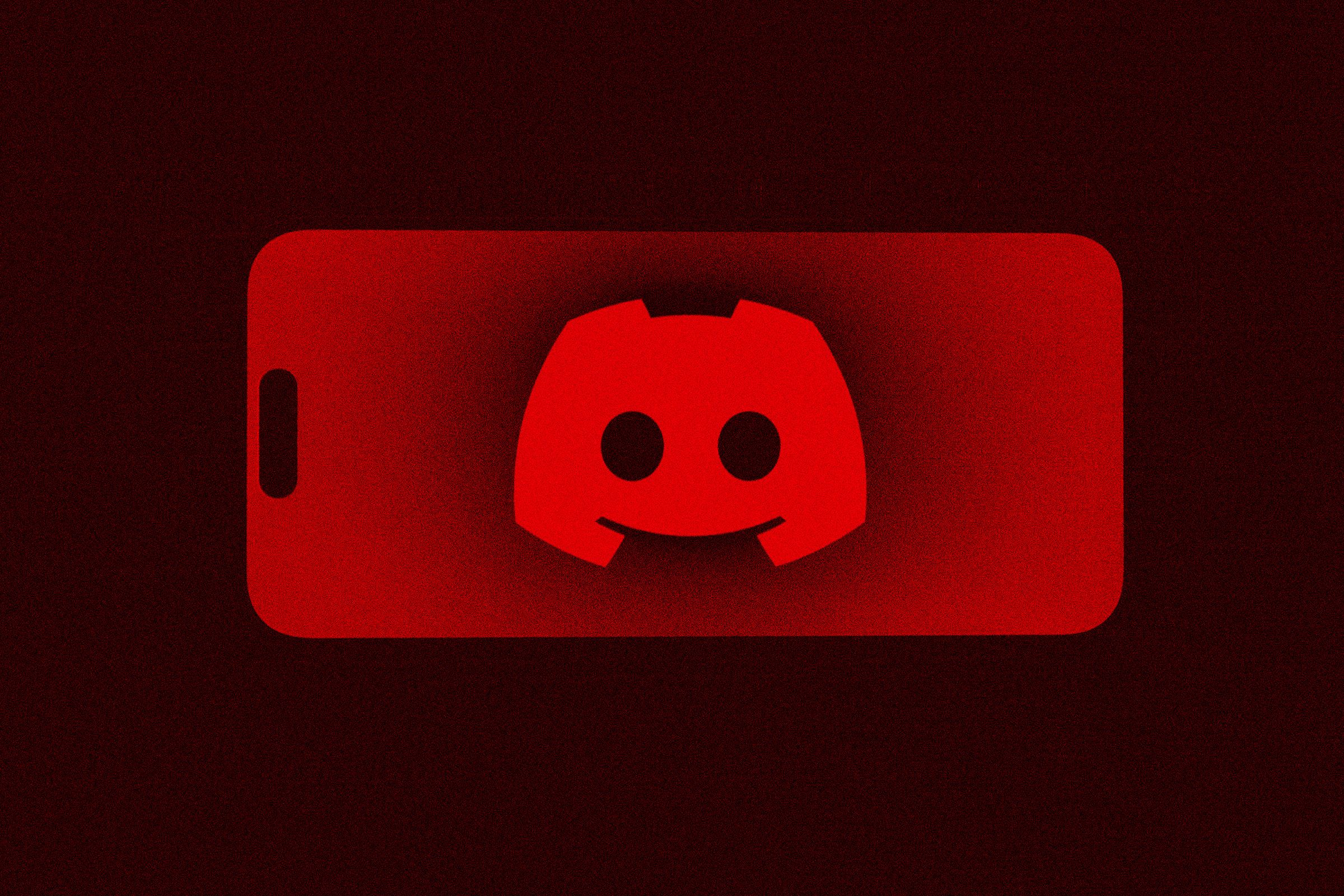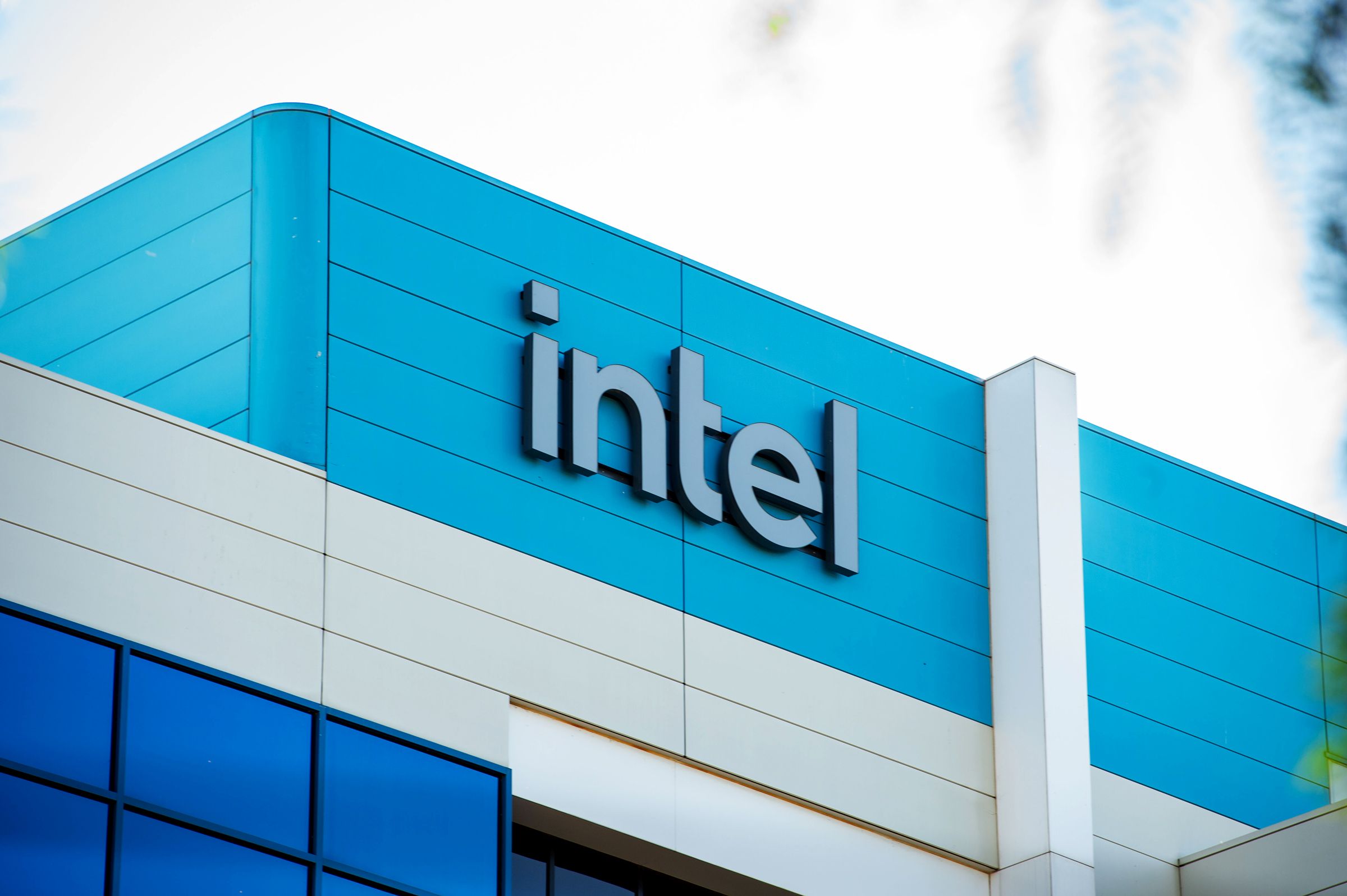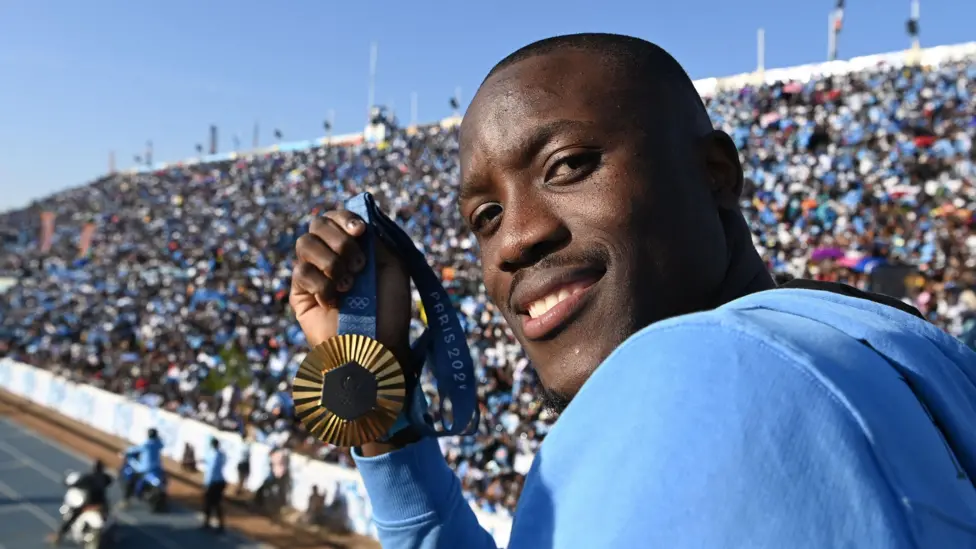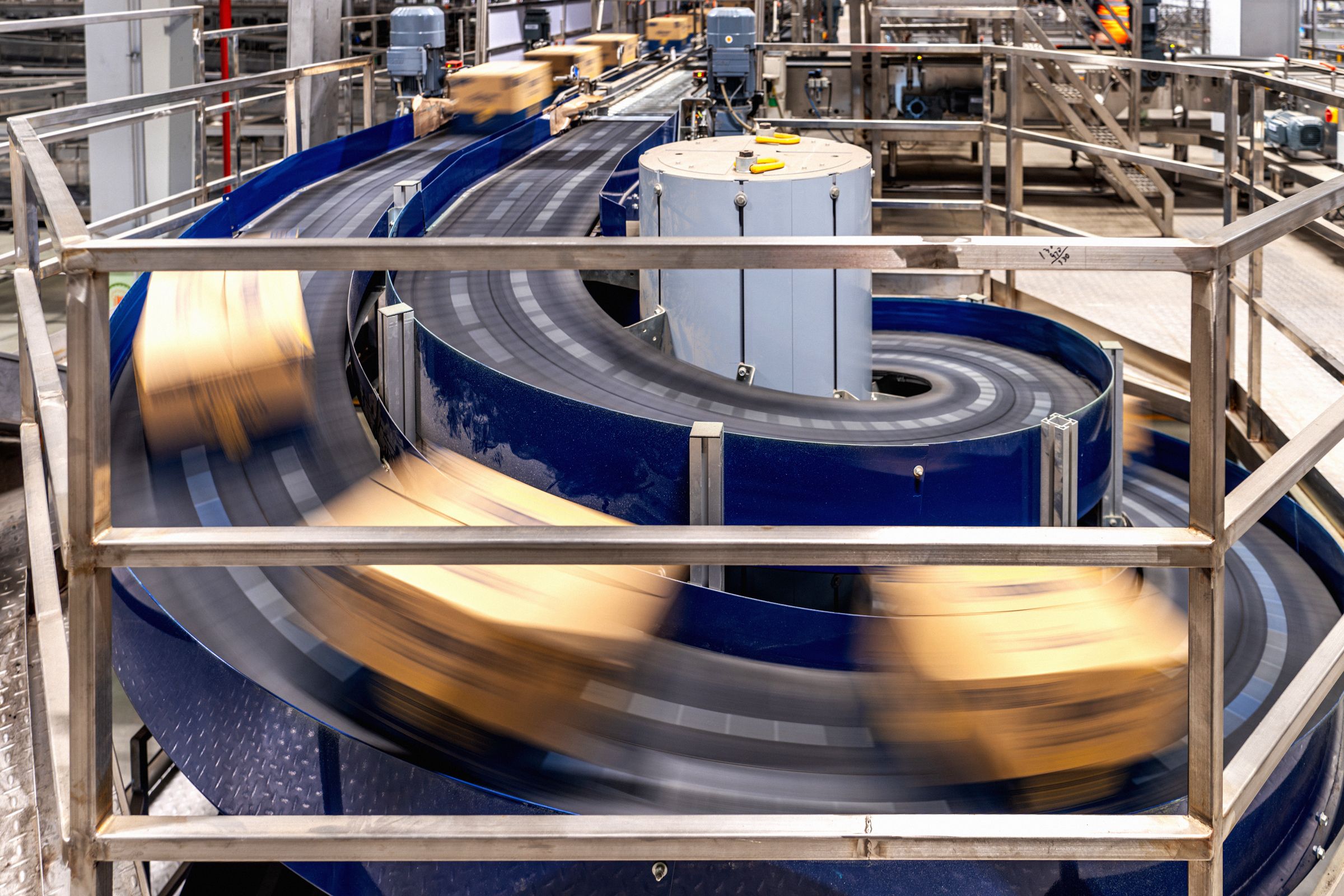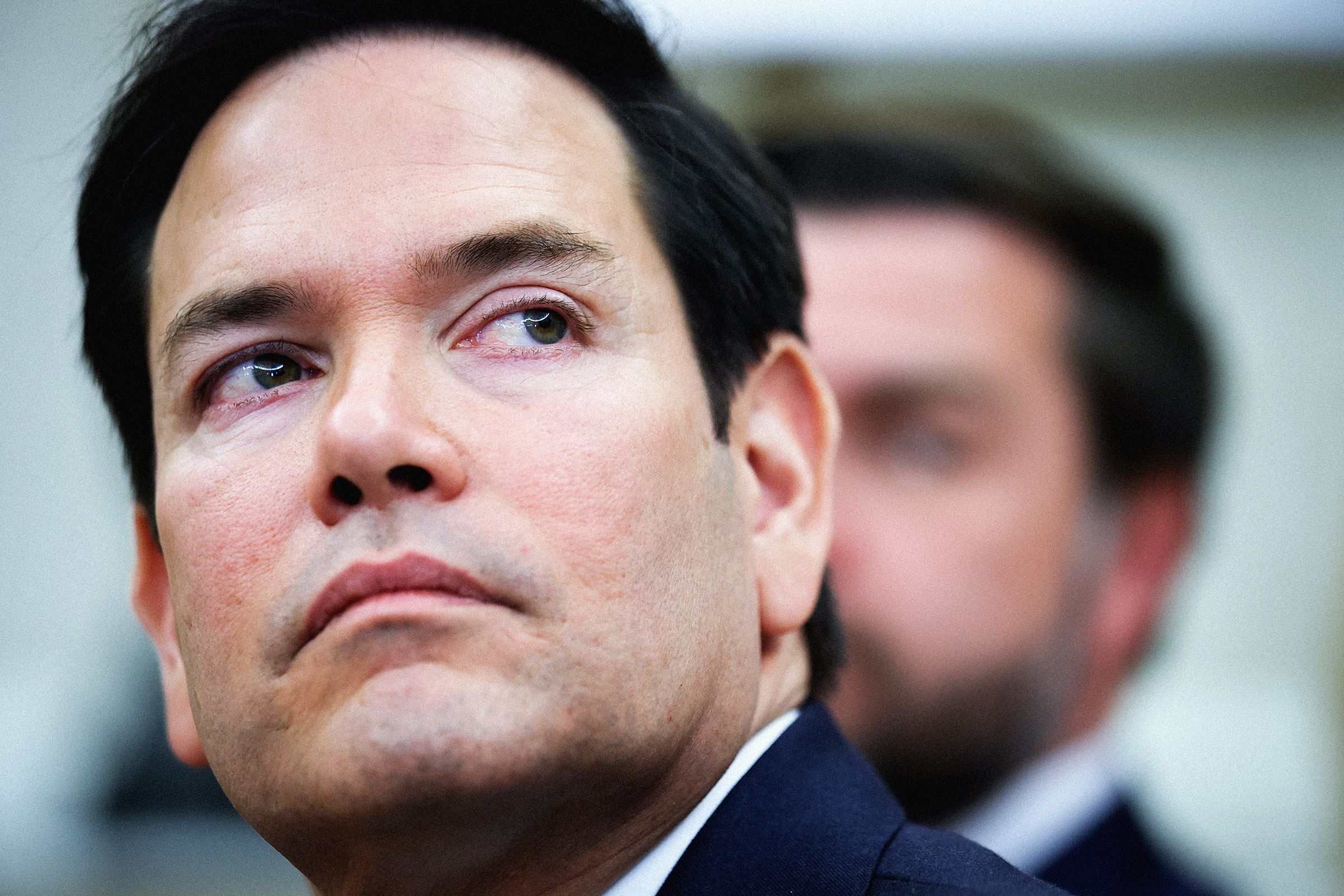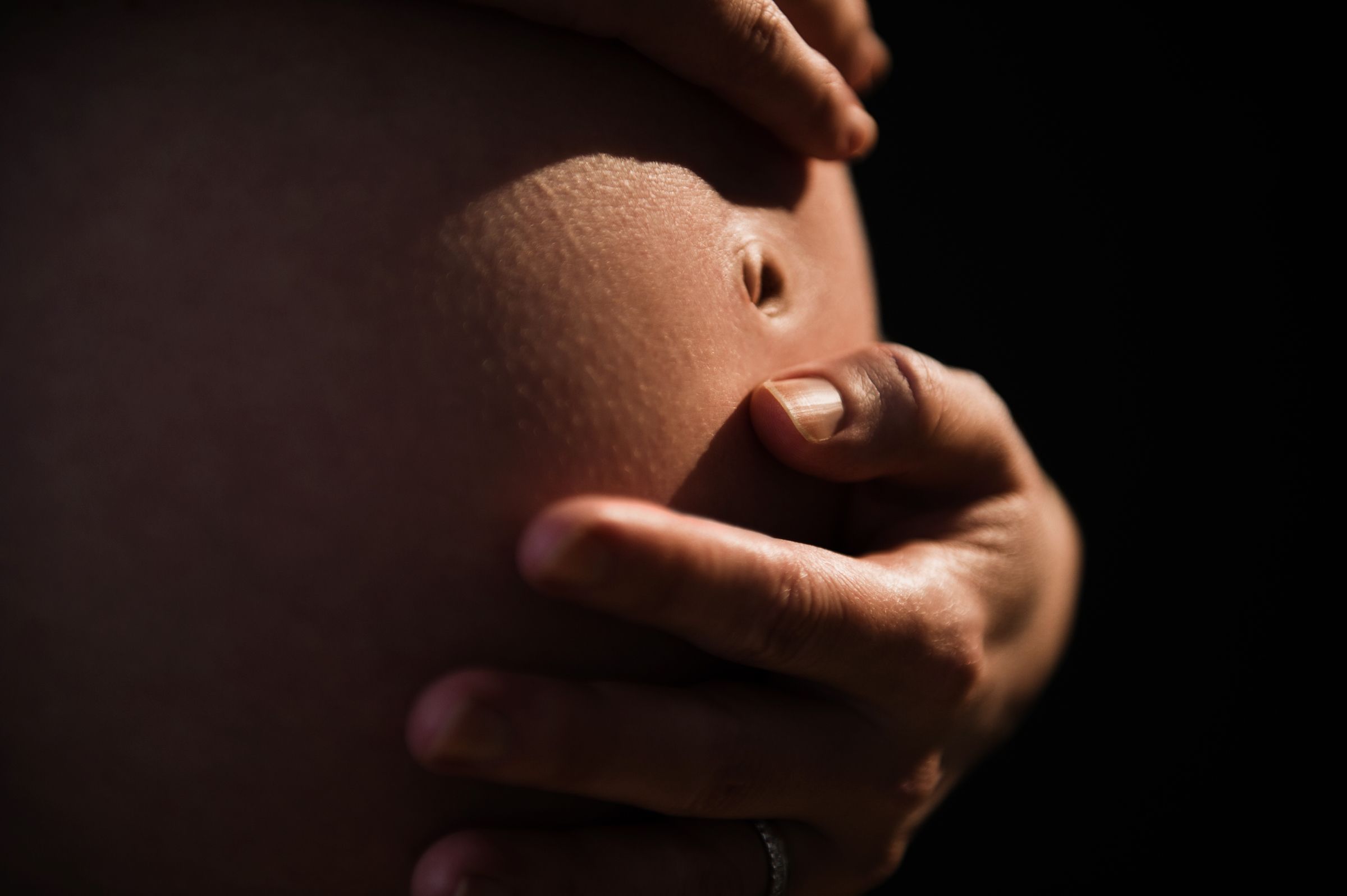How Americans Are Surveilled During Protests
How Americans Are Surveilled During Protests
Protests are a fundamental right protected by the First Amendment, but they are also closely monitored by various law enforcement agencies in the United States. In recent years, advancements in technology have made it easier for authorities to surveil and track protesters during demonstrations.
One common method of surveillance is the use of drones, which can capture aerial footage of protests and monitor the movements of demonstrators. This technology allows law enforcement to identify individuals and assess crowd sizes and dynamics.
Another form of surveillance is the use of facial recognition technology, which can scan crowds and match faces to criminal databases. This raises concerns about privacy and the potential for individuals to be wrongly identified or targeted.
Police also use social media monitoring tools to track the activities of protesters online, including their plans for upcoming demonstrations and potential threats. This can lead to preemptive arrests or crackdowns on peaceful protests.
Cell phone tracking is another controversial surveillance method used during protests, where authorities can monitor the location and communication of individuals in real-time. This raises concerns about civil liberties and the potential for abuse of power.
Surveillance of protesters has led to debates about the balance between security and privacy, as well as concerns about the chilling effect it may have on free speech and assembly. It is important for both protesters and law enforcement to understand the legal boundaries of surveillance and respect the rights of individuals to peacefully demonstrate.
In response to the increased surveillance of protesters, activists and civil liberties organizations have called for greater transparency and accountability from law enforcement agencies. They argue that oversight and limitations on surveillance are necessary to protect the rights of individuals and prevent abuses of power.
As technology continues to evolve, the ways in which Americans are surveilled during protests will likely become more sophisticated and pervasive. It is essential for society to have open discussions about the implications of surveillance on civil liberties and democratic principles.
Ultimately, the right to protest is a cornerstone of a democratic society, and efforts must be made to ensure that individuals can exercise this right without fear of unwarranted surveillance or retribution.
